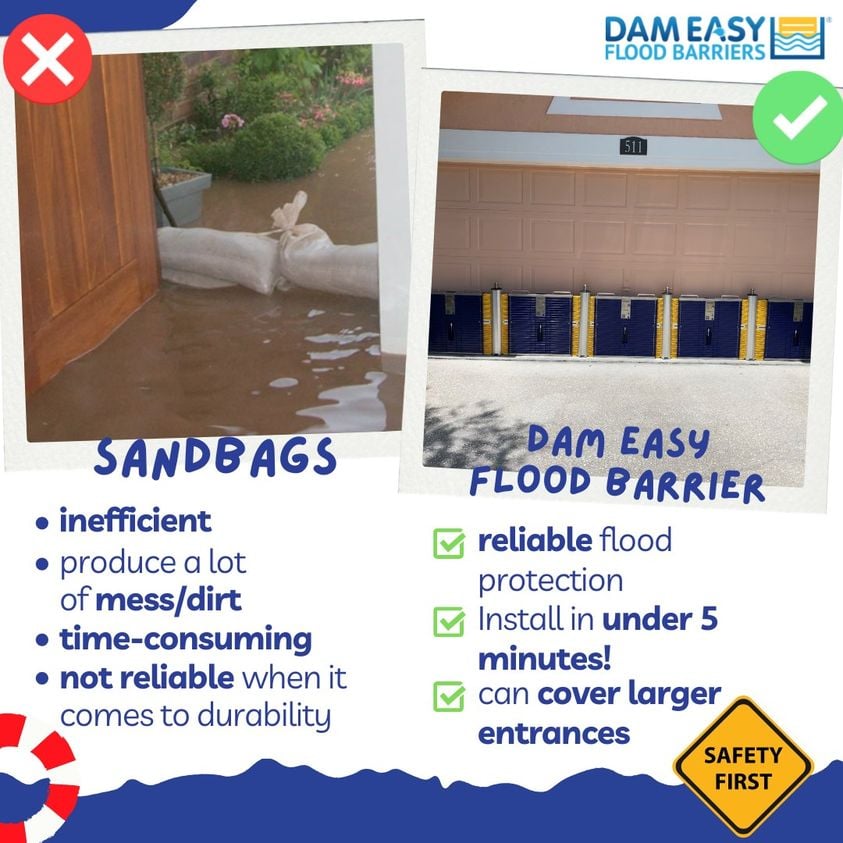Extract from the report from UN Environment, Sand and sustainability: Finding new solutions for environmental governance of global sand resources
Aggregate extraction in rivers has led to pollution and changes in pH levels (Saviour, 2012), instability of river banks leading to increased flood frequency and intensity (Sreebha & Padmalal, 2011), lowering of water aquifers (Myers etal., 2000) exacerbating drought occurrence and severity (John, 2009). Damming and extraction have reduced sediment delivery from rivers to many coastal areas, leading to reduced deposits in river deltas and accelerated beach erosion (Kondolf, 1997). This adds to effects of direct extract ion in onshore sand extraction in coastal dune systems and nearshore marine dredging of aggregates, which may locally lead to long-term erosion impacts (US: Thornton et al., 2006; UK: Pye & Neal, 1994). Nearshore and offshore sand extraction in New Zealand continues despite considerable uncertainty of the environmental impacts (Hilton & Hesp, 1996} and the cumulative effects of mining, climate change and urbanization of the coast.
Read more at our partner DAMEASY Website





